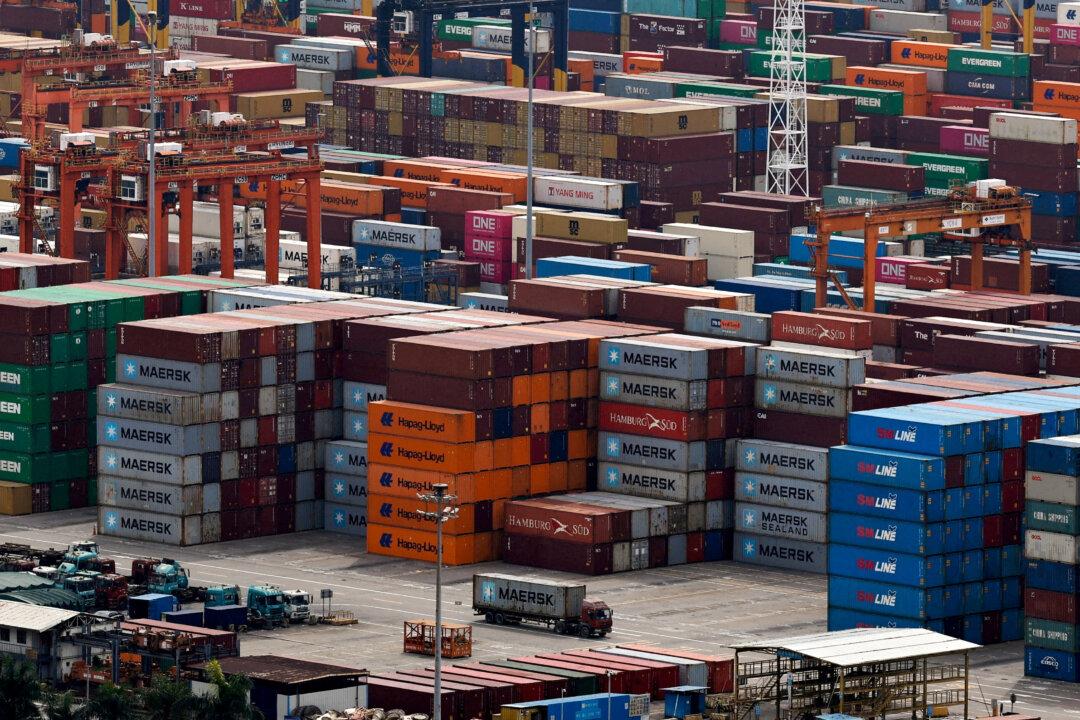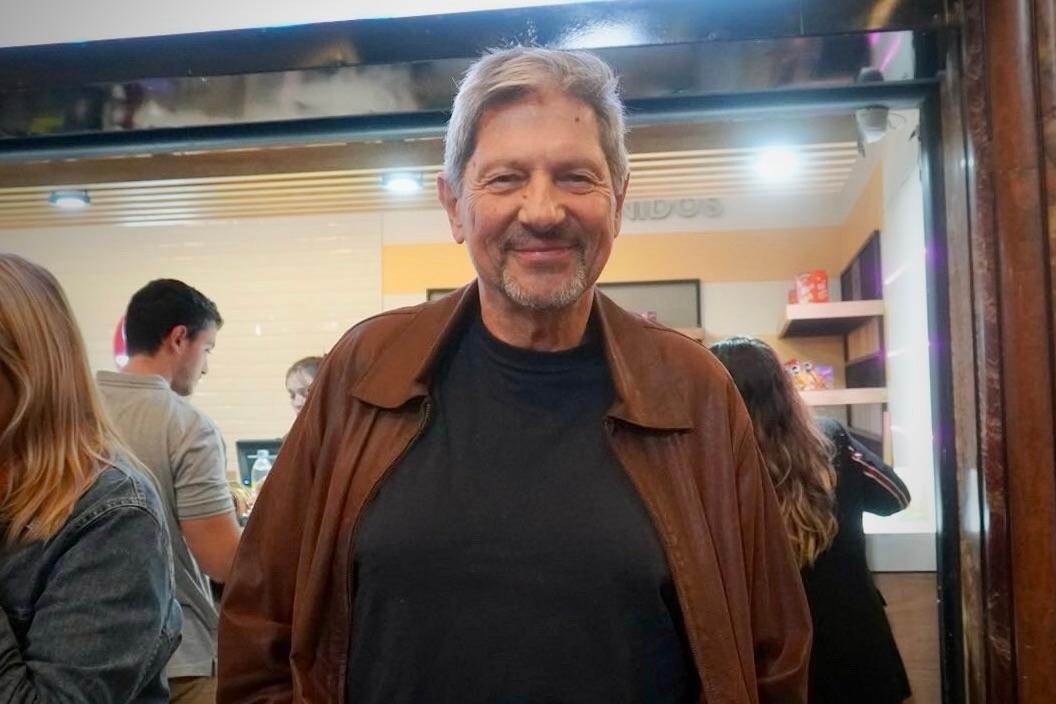The Chinese Ministry of Commerce said the plastic was being dumped by those entities, causing substantial damage to the mainland Chinese POM copolymer industry.
The duties include 74.9 percent on U.S. imports, 34.5 percent on European Union imports, 35.5 percent on Japanese imports (24.5 percent on Asahi Kasei Corp), and 32.6 percent on Taiwanese imports (with duties on Formosa Plastics at 4 percent and Polyplastics Taiwan at 3.8 percent).
The Chinese regime said its investigation began in May 2024, following the Biden administration’s imposition of tariffs on Chinese electric vehicles, advanced batteries, steel, and other products.
Ongoing Competition Following Trade Truce
After May 10–11 talks in Switzerland, the United States and China agreed to a 90-day trade truce, reducing U.S. tariffs on Chinese goods to 30 percent from 145 percent and Chinese retaliatory tariffs on U.S. goods to 10 percent from 125 percent, facilitating negotiations for a broader trade deal.Lawmakers warn that such access could enable weapons deployable against the United States, bolster China’s surveillance capabilities, and undermine U.S. dominance in artificial intelligence (AI) and other technology sectors.
Also last week, Chinese leader Xi Jinping hosted a summit in Beijing with leaders from Latin America and the Caribbean, during which Colombia joined its Belt and Road Initiative.
Colombia, traditionally a U.S. ally, made this symbolically significant decision a day after the U.S.–China trade truce.
Launched in 2013, China has expanded its foothold in Latin America via the Belt and Road Initiative, in which 21 countries, including Brazil, Chile, and Peru, are participants, reflecting China’s strategic effort to counter Western dominance, particularly that of the United States.







